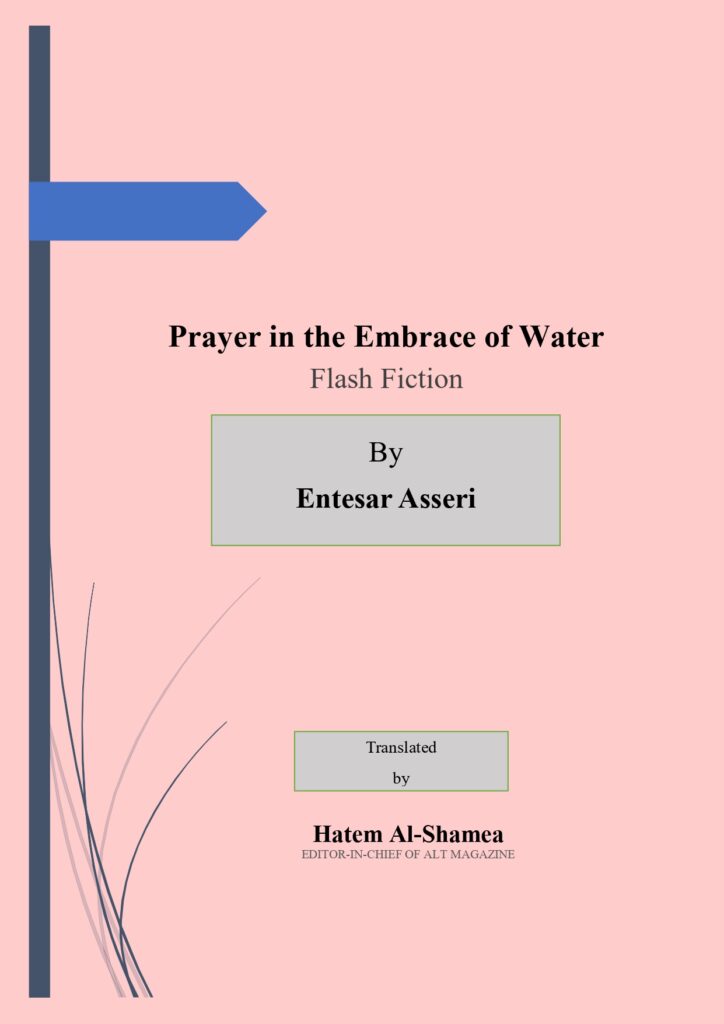“Memory”
The short story “Memory” written by the Yemeni short story writer, Entesar Asseri, invites readers into a world characterized by amnesia and fragmented recollections. This narrative explores themes of memory, identity, and the complexities of human consciousness. It delves into the surreal realm of the protagonist’s mind, where he grapples with the absence of his memory and questions the elusive nature of this crucial component of selfhood.
In a narrative such as “Memory,” it is essential to recognize the potential symbolism and metaphors that the author employs to convey deeper meanings. This story can be analyzed from various perspectives, including psychological, philosophical, and literary, to unravel its intricate layers. This critical literary analysis will explore the story’s central themes and stylistic elements, shedding light on the author’s intent and the reader’s role in deciphering the narrative.
Memory and Identity:
One of the central themes in the story is memory and its connection to identity. The protagonist’s struggle to find his memory mirrors the universal human fear of losing oneself. Memory is an essential element of our identity, as it shapes our understanding of the past and influences our decisions for the future. In the absence of memory, the protagonist becomes disoriented and unmoored, emphasizing the profound impact of amnesia on one’s sense of self.
Fragmented Consciousness:
The narrative also delves into the fragmented nature of consciousness. The protagonist’s thoughts are disjointed, and his inability to recall even the simplest details of his life underscores the idea that human consciousness relies on a continuous thread of memories. Without this thread, the mind becomes a disjointed puzzle, and the protagonist’s internal monologue reflects this fractured state.
Surrealism and Symbolism:
The story’s surrealism contributes to its depth and complexity. The surreal elements, such as the talking cat and the neighbor’s disapproving behavior, introduce a dreamlike quality to the narrative. Surrealism often serves as a vehicle for exploring the depths of the unconscious mind, and in this case, it suggests that the protagonist’s quest for memory takes place in the realm of dreams and subconscious musings.
The red lipstick and Parisian perfume symbolize a mystery that the protagonist is eager to unravel. They represent the elements of the past that have eluded his memory. The use of these sensory details adds a layer of sensuality to the story and invites readers to engage with the narrative on a visceral level.
The Role of the Reader:
“Memory” is a story that relies on reader engagement. The reader is invited to interpret the events and dialogues in the narrative. The author does not provide concrete answers, allowing readers to create their own interpretations. This participatory aspect of the story aligns with the literary tradition of open-ended narratives that challenge readers to ponder the text’s significance and grapple with its implications.
Conclusion:
“Memory” is a literary work that defies straightforward analysis. Its brevity and surreal nature make it a compelling canvas for exploring themes of memory, identity, and consciousness. The story’s layered symbolism and open-ended conclusion encourage readers to engage with the text on a personal and intellectual level. While it may remain enigmatic, “Memory” prompts readers to contemplate the significance of memory in shaping human existence and the potential repercussions of its loss. In this way, it demonstrates the power of literature to engage with profound questions about the human experience.
A Loaf of Bread (رغيف) – A short story by Entesar Asseri – translated by Hatem Al-Shamea



